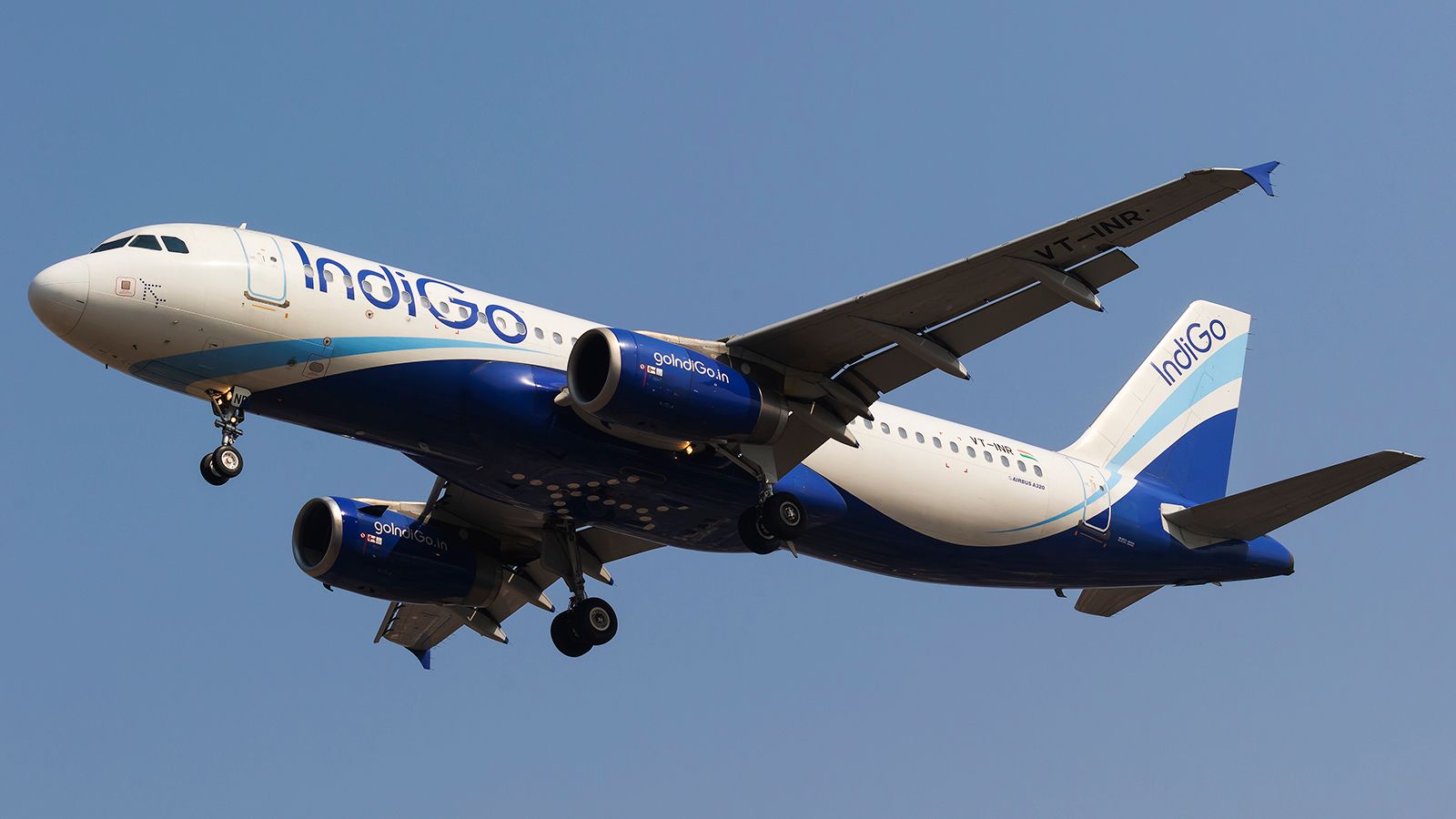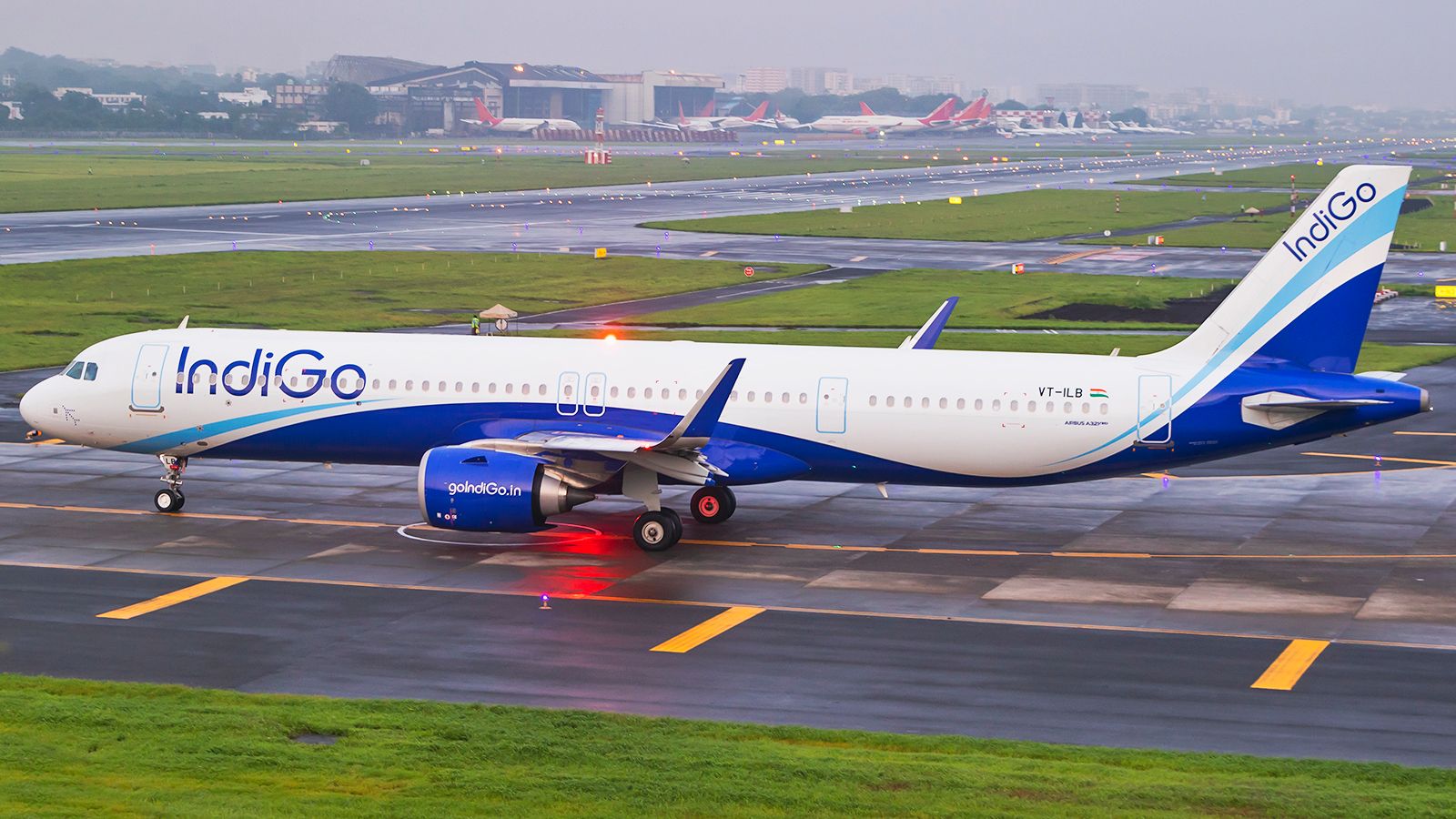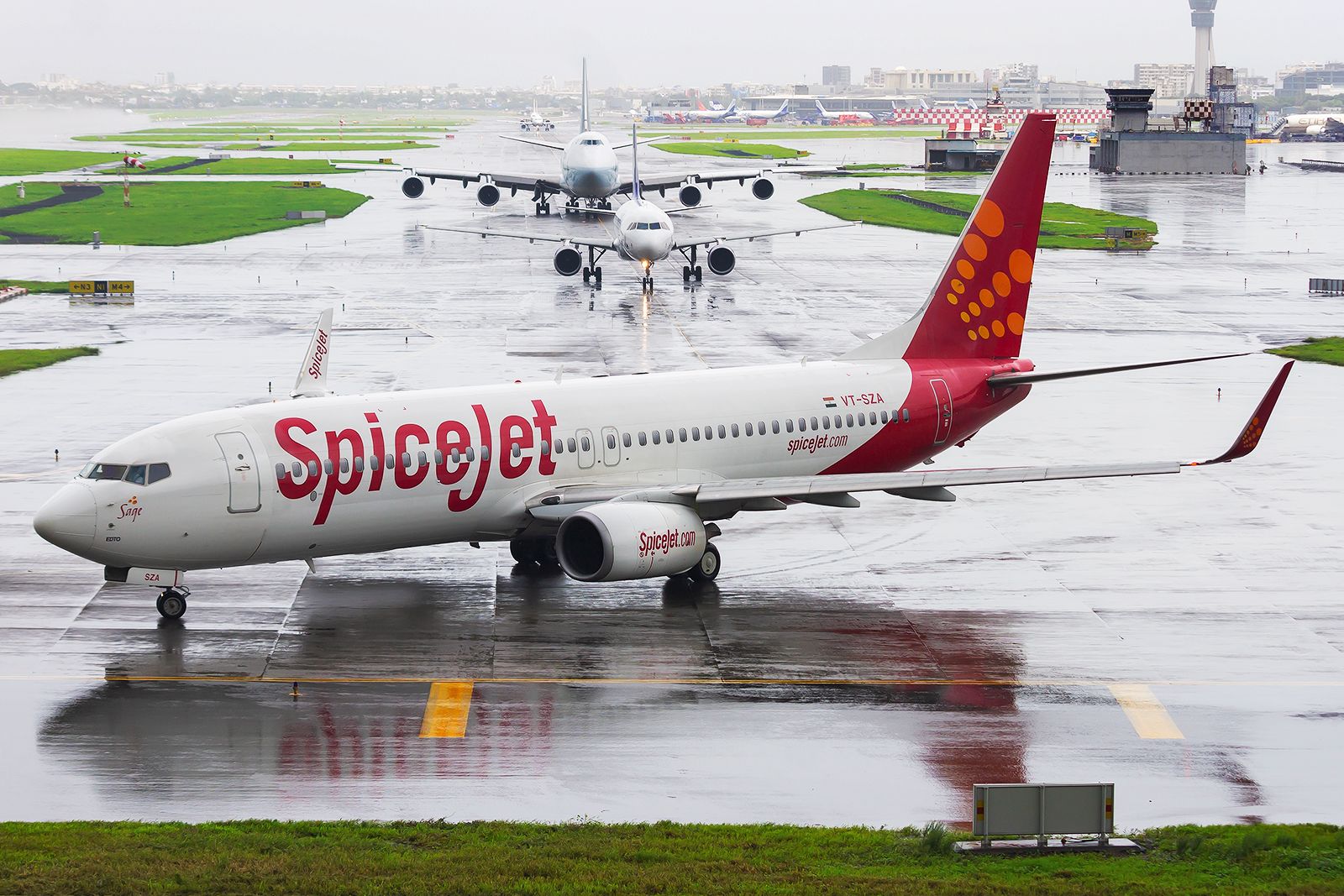IndiGo presented some impressive revenue figures for the quarter ending in June. While the airline has pretty much enjoyed an almost unchallenged run for the last few years, recent changes in India’s aviation sector have raised questions about the kind of impact they may have on IndiGo’s long-term growth.
However, the airline’s outgoing CEO says that IndiGo is well-prepared for the challenge and does not foresee any significant threat in the near future.
Not too much competition as of now
On August 3rd, IndiGo declared its results for the quarter ending in June, reporting the highest ever revenue generated by the airline. As India’s largest airline, boasting a huge fleet and an enviable grasp over the country’s network, IndiGo seems to be in competition with itself (and doing a pretty good job posting a 310.7% increase in revenue compared to the same period last year).
But with other airlines gearing up for post-COVID growth and some starting operations, how do these developments impact IndiGo’s journey going forward?
Let’s start with the low-cost segment. Speaking about SpiceJet, IndiGo’s CEO Ronojoy Dutta commented that SpiceJet reducing capacity in the recent past has helped IndiGo a lot. SpiceJet’s capacity deployment has decreased significantly over the last several months, given its finances, and IndiGo has certainly been able to milk the opportunity to fill that gap.
But another competitor seems ready to pose a challenge – Akasa Air. At the moment, any comparison of the two airlines seems unfair to both players, but Akasa’s entry has generated enough buzz for IndiGo to at least sit up and take notice.
Dutta acknowledges that competition will increase with the new players but does not consider it a significant threat for now, given its minuscule size at the moment.
Tata airlines not a worry
But what about Air India and Vistara? Both airlines have the backing of the Tatas and seem ready for ambitious plans, particularly Air India, which has gotten a new lease on life. Here, too, Dutta is not too worried.
Speaking about Air India and Vistara, he commented,
“We are not head-to-head competitors. They are very focused on long haul international, not short haul, with a business class product. That’s not the market we serve. Therefore, their domestic strategy is tied to that…”
Even as IndiGo prepares to further its international operations to long-haul destinations after it gets its Airbus A321XLRs, the airline does not feel it will compete with AI. Dutta says their target will be neighboring hubs, such as Singapore (SIN) and Dubai (DXB), where Indians fly for one-stop flights.
Stable days ahead
Dutta is glad that so far, there has been no irrational behavior by airlines in India in terms of fares. He also believes that the yields of Indian airlines will improve in the coming months.
Follow Simple Flying for all the latest aviation news.
While airlines may have encountered a momentary drop in load factors due to increased ticket prices, Dutta is confident that passengers will return as they get used to the new fares.
What do you feel about IndiGo’s future outlook? Please let us know in the comment section below.




